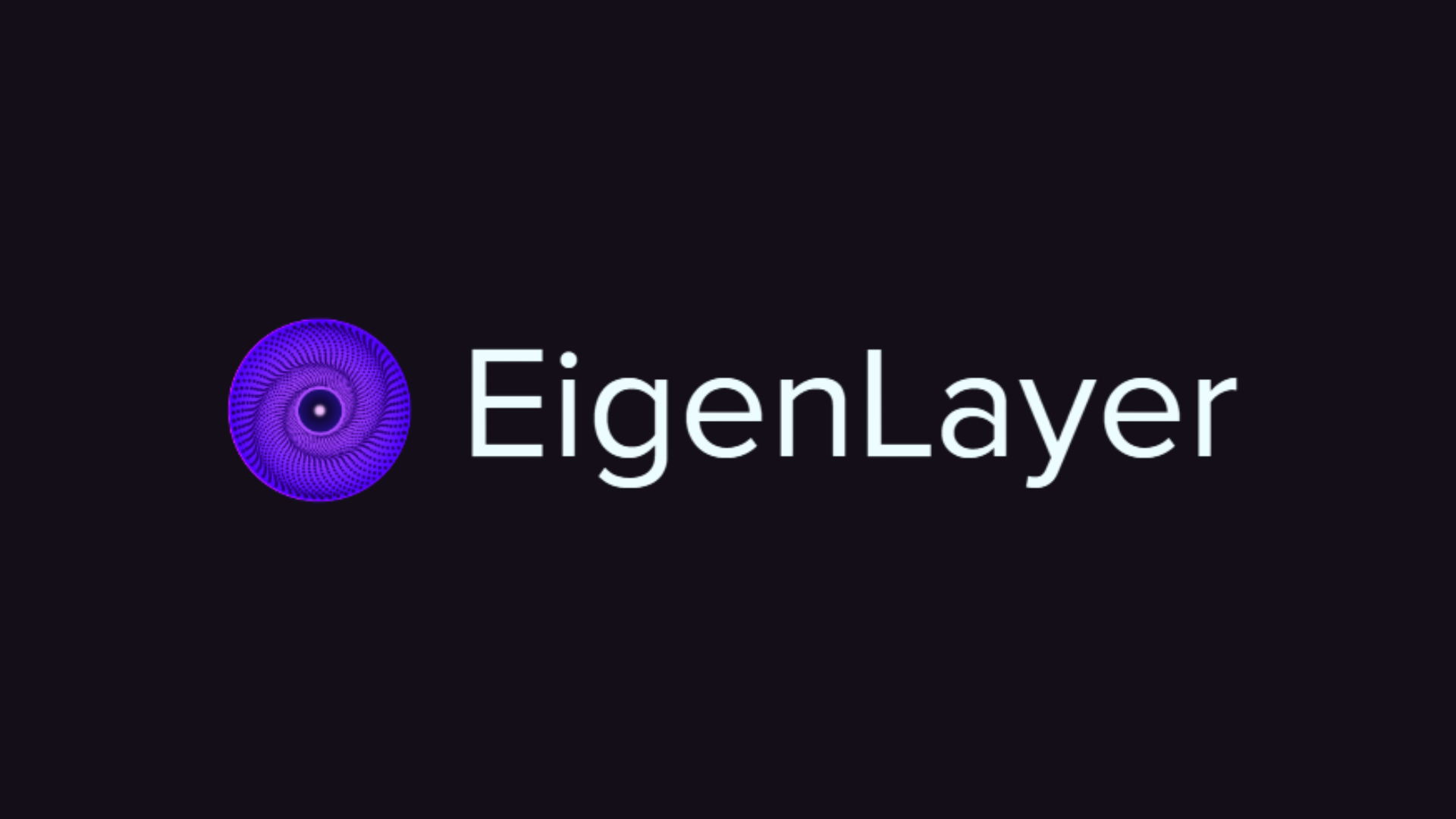|
Getting your Trinity Audio player ready...
|
Ethereum, the leading blockchain platform, has undergone a remarkable journey since its launch in 2015. Transitioning from proof-of-work (PoW) to the more efficient proof-of-stake (PoS) consensus mechanism, it has become the foundation for countless innovative decentralized applications (DApps). However, a key challenge remains: ensuring robust security for new projects. This is where EigenLayer steps in.
What is Staking, and How Does it Work?
Staking, a core feature of PoS blockchains, allows users to earn rewards by locking their cryptocurrency in a pool. These assets contribute to network security, with validators verifying transactions and earning rewards based on their stake. The more a user stakes, the greater their potential income. However, traditional staking often requires significant upfront investment and technical knowledge.
Introducing EigenLayer: The Restaking Revolution
EigenLayer builds upon Ethereum’s PoS system with a revolutionary concept called restaking. It essentially allows users to leverage their already-staked ETH for additional security purposes on other protocols. This creates a pool of “restaked” assets that DApps can tap into, eliminating the need for each project to build its own security infrastructure.
Benefits of EigenLayer for Developers and Users
- Enhanced Passive Income: Users can restake their ETH to potentially earn more rewards compared to traditional staking methods.
- Lower Barriers to Entry for DApps: New projects gain access to established security from the EigenLayer pool, allowing them to focus on development and innovation. This could lead to a surge of exciting layer-2 solutions on Ethereum.
Understanding the Potential Drawbacks
- Increased Complexity for Users: While EigenLayer simplifies security for DApps, restaking itself might seem complex to some users accustomed to exchange-based staking services.
- Double-Edged Sword of Slashing Risk: Restakers face the combined slashing risks of both traditional staking and EigenLayer’s AVSs (actively validated services). They are essentially doubling their exposure to potential security vulnerabilities.
Transparency and Openness: A Mitigating Factor
Fortunately, both Ethereum and EigenLayer’s code are open-source, allowing developers to scrutinize the underlying infrastructure before committing their assets. This transparency helps mitigate some of the perceived risks associated with restaking.
Also Read : DAOs: The Future of Work (or Just a Bunch of Hype?)
EigenLayer: A Promising Future for Ethereum
By addressing security concerns and boosting developer success rates, EigenLayer has the potential to significantly impact the Ethereum ecosystem. Whether it becomes the go-to solution for securing DApps remains to be seen, but its innovative approach undoubtedly paves the way for a more secure and vibrant future for Ethereum.



